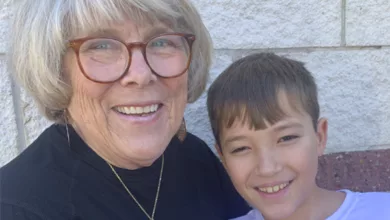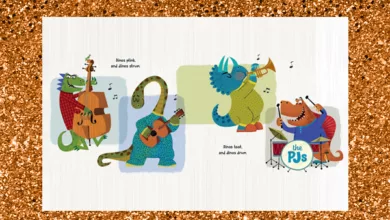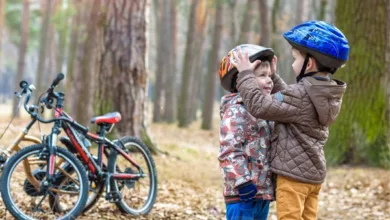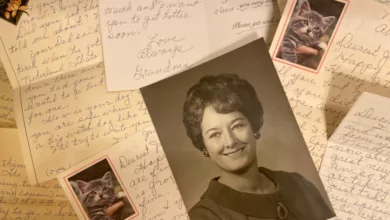Getting Started on Genealogy—The Other Winter Sport
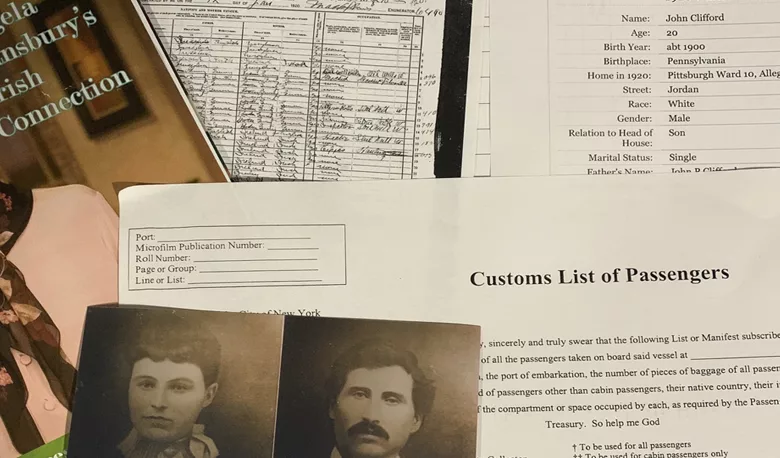
Winter can be dreary, but it’s the perfect time to pick up an activity you’ve long been meaning to do.
Genealogy is the study or tracing of one’s family line from an ancestor. These “family lines” are commonly known as your “family tree.”
Most of us aren’t fortunate enough to be able to trace our tree back as easily as the Daughters of the American Revolution. We have ancestors from multiple points in Europe, Africa or Asia. Or records may have been lost if we’re native to the Americas or Australia.
So, get started with what you know: the most basic of information, your own. There are several documents you can use. Either order some genealogy charts and forms online, or create your own.
List your name along with your date and location of birth. Then your parents, and your children. Include marriages and deaths.
Your aunts and uncles and siblings don’t fit as neatly into the family tree paperwork. But as you add them, you’ll find additional resources to discover new information. For example, if your parents were the oldest in their families, but have died, your younger aunts and uncles may be the best resources for family names and dates.
If you have grandchildren, list their information. If you know your grandparents, add them too.
Interview older members of the family. Document what they tell you.
PRO TIP: Film your interviews!
Once you’ve exhausted the information you are personally able to collect, there are three additional and easy routes to take.
First, your local LDS Genealogy Family History Center. Located across the country, they are free. LDS collects genealogy resources and are the noted authorities. It is not restricted by religion. These local genealogy libraries have that region’s data. The centers can access microfilm and other documents throughout the system. So, for example, if you’re in Dallas and your family moved from New York City, they can request information be sent from New York to Texas for you to review. Volunteers work to transcribe old records into computerized documents.
Second, ancestry.com. This behemoth of the ancestry world charges a subscription fee. It is available (and free!) on the LDS Family History Center’s computers. Be aware that the website does not verify any information. While LDS requires two source verification, ancestry.com does not. So, if you have an interested sibling, as I do, that’s more interested in thinking they get further back in history than accuracy, you may be propagating misinformation. You can avoid this by confirming resources, such as birth, marriage and death certificates, uploaded from other relatives. Feel comforted that no information for living individuals is provided on the website.
Third, the United States Census Bureau records. These are released 60 years after they’ve been collected for public information. If you know the location where your grandparents or great grandparents lived during the census, you can find them. Since census takers went door to door, the information is gathered by neighborhood.
It’s a great start to your search. Have fun!


